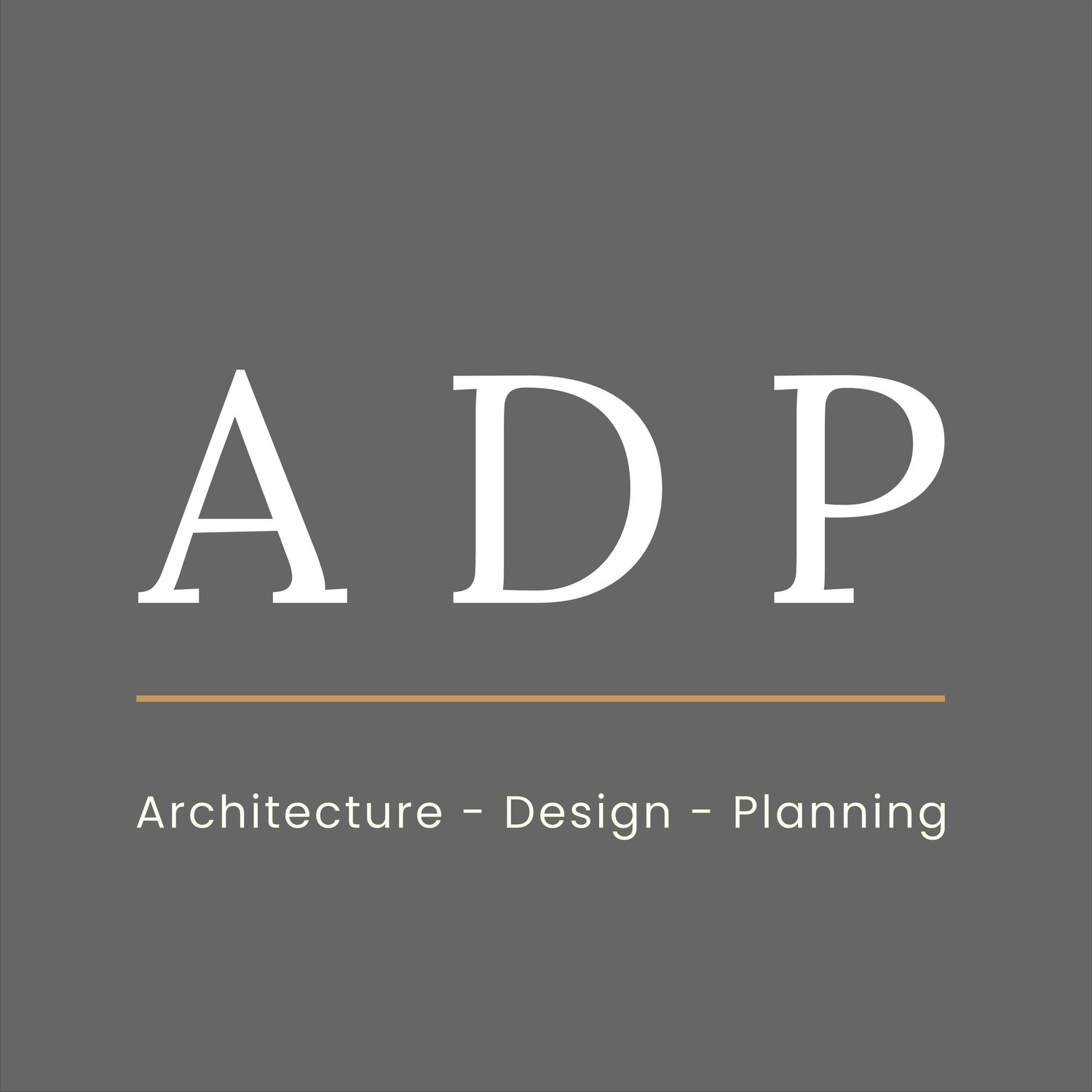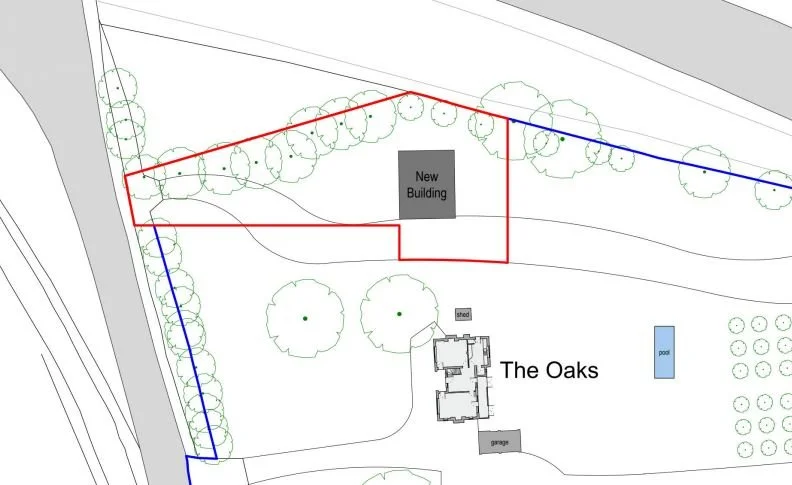Permission in Principle for a Grey Belt Development
Obtaining planning permission for residential development on green belt land presents oa challenging scenario. However, our recent success near Chelmsford, Essex, demonstrates that with the right approach and strategic use of permission in principle, even sites within the Metropolitan Green Belt can secure planning consent.
Understanding Permission in Principle: A Strategic Route to Planning Approval
Permission in principle (PIP) is a relatively underutilised planning route that separates the consideration of fundamental matters from technical details.
This two-stage process first establishes whether a site is suitable for development in principle, before addressing detailed design and technical requirements at the technical details consent stage.
The scope of permission in principle is deliberately limited to three core considerations: location, land use, and amount of development.
This streamlined approach allows applicants to establish the principle of development without incurring the costs and time associated with detailed architectural plans and technical assessments.
In our recent case near Chelmsford, we successfully secured permission in principle for a single dwelling on grey belt land.
Green Belt vs Grey Belt: Understanding the Distinction
While much discussion focuses on grey belt land—a term increasingly used to describe lower-quality green belt sites suitable for development—our case involved land that fell within a recognised exception to green belt policy. The site qualified as previously developed land (PDL), forming part of an existing residential garden.
The concept of grey belt has gained prominence in recent planning policy discussions, referring to green belt land of limited environmental value that may be suitable for sustainable development. However, even without specific grey belt designation, our site demonstrated that certain previously developed sites within the green belt can meet the stringent tests required for new residential development.
Overcoming the Green Belt Challenge: The Key Planning Considerations
The fundamental challenge with any green belt development is overcoming the presumption against inappropriate development. National Planning Policy Framework (NPPF) paragraph 153 makes clear that inappropriate development is harmful to the green belt and should only be approved in very special circumstances.
However, paragraph 154 provides specific exceptions, including "limited infilling or the partial or complete redevelopment of previously developed land... which would not cause substantial harm to the openness of the Green Belt."
Our application successfully argued that:
Previously Developed Land Status: The site formed part of an existing residential garden in a rural area, qualifying as previously developed land under planning definitions.
Openness Impact Assessment: a dwelling meeting the Nationally Described Space Standards would not cause substantial harm to green belt openness—the crucial test under policy DM6.
Sustainable Location: The site benefits from pedestrian connectivity to village facilities, including pavements, street lighting, and proximity to the village hall.
Appropriate Scale: A single dwelling represents an appropriate intensification of residential use, particularly given neighbouring approved developments.
Planning Challenges and How We Addressed Them
The application wasn't without obstacles. Essex County Council Highways recommended refusal due to concerns about visibility splays and access intensification onto Wantz Road. Additionally, Public Health raised issues regarding noise exposure from the adjacent A12 trunk road.
Rather than allowing these concerns to derail the application, our permission in principle approach enabled us to establish the fundamental acceptability of residential development on the site.
The planning officer included advisory notes highlighting these matters for resolution at the technical details consent stage, allowing the principle of development to be secured while deferring technical solutions.
Environmental Protections: Addressing Habitats Development
Modern planning applications on green belt and grey belt land must address environmental considerations, particularly regarding protected habitats.
Our site fell within the Essex Coast Recreational Disturbance Avoidance and Mitigation Strategy (RAMS) zone of influence, requiring assessment of potential impacts on Special Protection Areas and Special Areas of Conservation.
By making the required RAMS payment, we demonstrated that any recreational pressure from the development would be adequately mitigated, ensuring the proposal did not constitute "habitats development" that would trigger more onerous assessment requirements.
Ready to Unlock Your Green Belt Site's Development Potential?
Navigating green belt planning policy requires specialist knowledge and strategic thinking.
Permission in principle offers a cost-effective route to establish development viability before committing to detailed design work. Our success in Chelmsford demonstrates that even challenging green belt sites can achieve planning consent when the application is properly structured and evidenced.
Contact us today to discuss how we can help unlock your site's development potential.
Our experienced planning consultants will assess your site, advise on the most appropriate planning route, and guide you through every stage of the application process. Don't let green belt designation deter you—discover whether your site could be the next planning success story.


